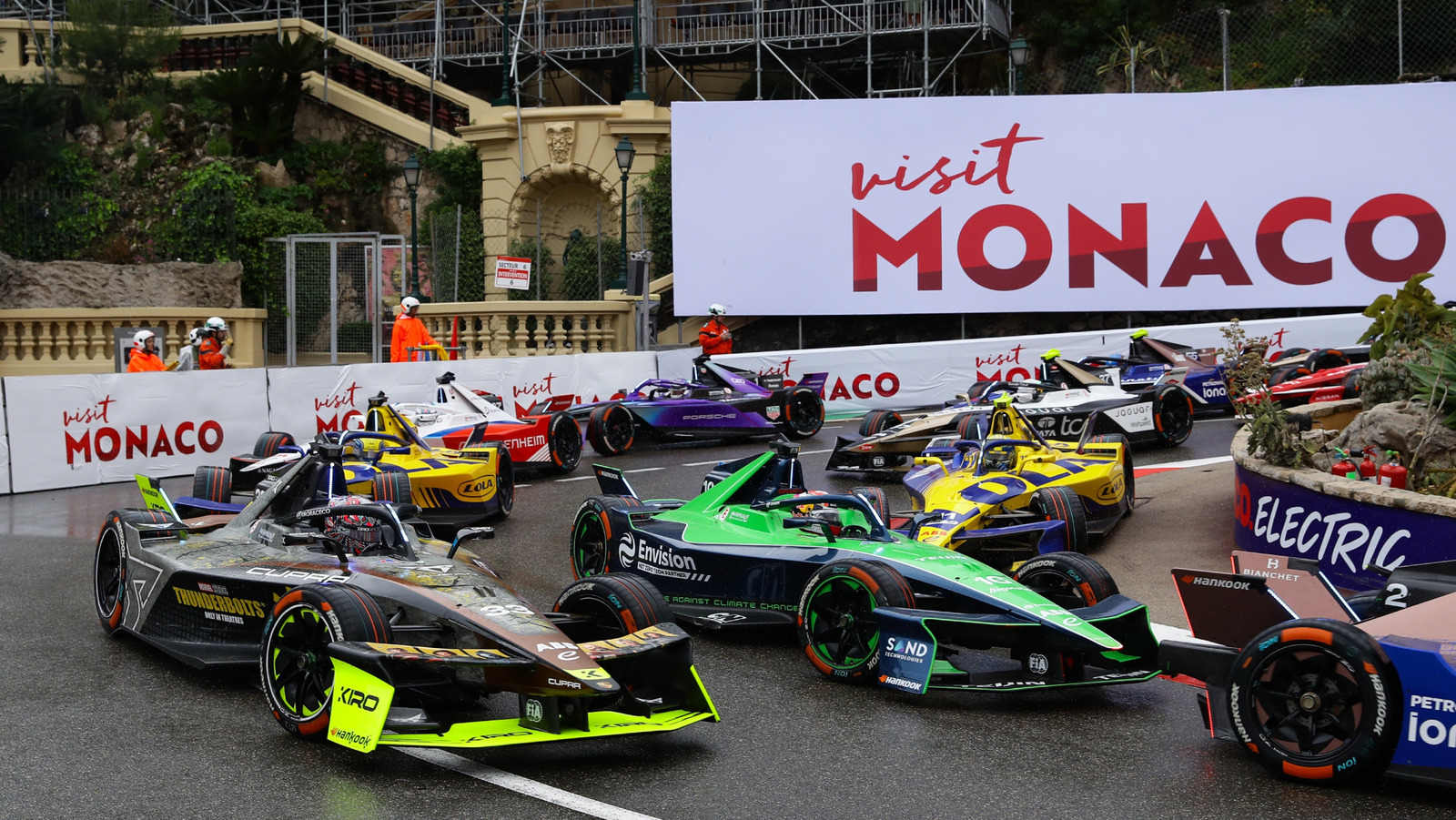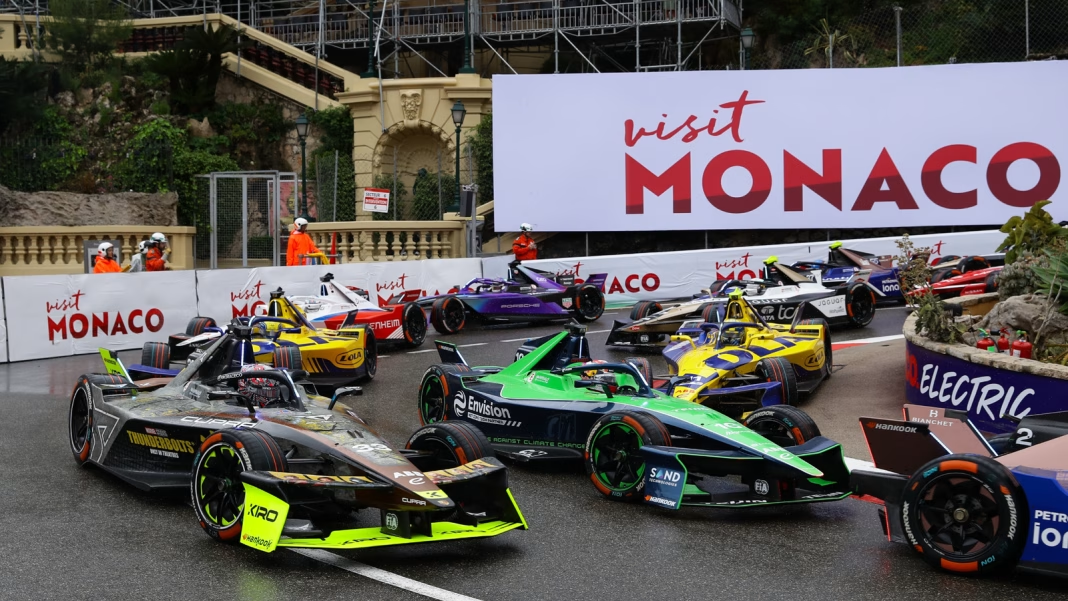Two events, same city, but only one was a nail-biter to the finish line. It’s a curious phenomenon that’s been making waves in the motorsport world: Formula E consistently delivers thrilling races, while Formula 1 sometimes struggles to keep fans on the edge of their seats. So, what’s behind this difference? Let’s dive into the unique elements that make Formula E a standout in the racing arena.
What Makes Formula E So Exciting?
At its core, Formula E is all about electric racing, and that alone sets it apart. The series has embraced a futuristic vision of motorsport, where sustainability and cutting-edge technology take center stage. The cars are designed for tight circuits, often set in urban environments, which naturally leads to more exciting, close-quarters racing. Unlike the sprawling tracks of F1, where overtaking can feel like a rare event, Formula E’s shorter, twistier courses encourage constant action and strategy shifts.
Take the recent race in Monaco, for example. It wasn’t just another day at the office; it was a showcase of skill and strategy that kept fans glued to their seats. Drivers had to navigate not only their competitors but also the intricacies of energy management—an essential aspect of electric racing. This added layer of complexity means that races can change dramatically in the final laps, as drivers balance speed with battery conservation. The result? Pure magic.
Energy Management: The Game Changer
Speaking of energy management, this is where Formula E really shines. Drivers must constantly monitor their energy usage throughout the race, making real-time decisions that can affect their position. This dynamic creates a sense of urgency and unpredictability that’s often missing in F1 races, where drivers can sometimes cruise to victory if they’ve built a substantial lead. In Formula E, a well-timed attack or a strategic energy-saving move can turn the tide in an instant.
For instance, during the Monaco race, we saw drivers pushing their limits, not just in terms of speed but also in how they managed their energy reserves. The tension builds as the laps wind down, and fans are left wondering who will have enough juice left in the tank to make a final push for victory. This constant ebb and flow keeps everyone engaged, from die-hard fans to casual viewers.
The Role of Fan Engagement
Another factor that sets Formula E apart is its commitment to fan engagement. The series has embraced innovative technologies to bring fans closer to the action. For example, the Fanboost feature allows fans to vote for their favorite drivers, giving them a temporary power boost during the race. This interactive element not only enhances the viewing experience but also creates a deeper connection between drivers and their supporters.
In contrast, F1 has been slower to adapt to these kinds of innovations. While they’ve made strides with initiatives like the Netflix series “Drive to Survive,” the core racing experience can still feel somewhat distant. Fans often watch from afar, with limited ways to influence the race itself. This disconnect can lead to a less thrilling atmosphere, especially when races become predictable.
What’s Next for F1?
So, what can Formula 1 learn from its electric counterpart? For starters, embracing more dynamic racing formats could be a game changer. Introducing elements that encourage overtaking and strategic energy management might just spice things up. Additionally, enhancing fan engagement through interactive features could bridge the gap between drivers and their supporters, making the experience more immersive.
There’s also room for innovation in race formats. Imagine a scenario where F1 races incorporate elements of time trials or sprint races, allowing for more action-packed weekends. The goal should be to create an environment where every lap counts, and every position is fiercely contested.
The big takeaway? Formula E isn’t about perfection—it’s about smarter adjustments. Start with one change this week, and you’ll likely spot the difference by month’s end. Whether it’s embracing new technologies or rethinking race strategies, there’s plenty of room for growth in the world of motorsport. The excitement is there; it just needs to be harnessed in the right way.


